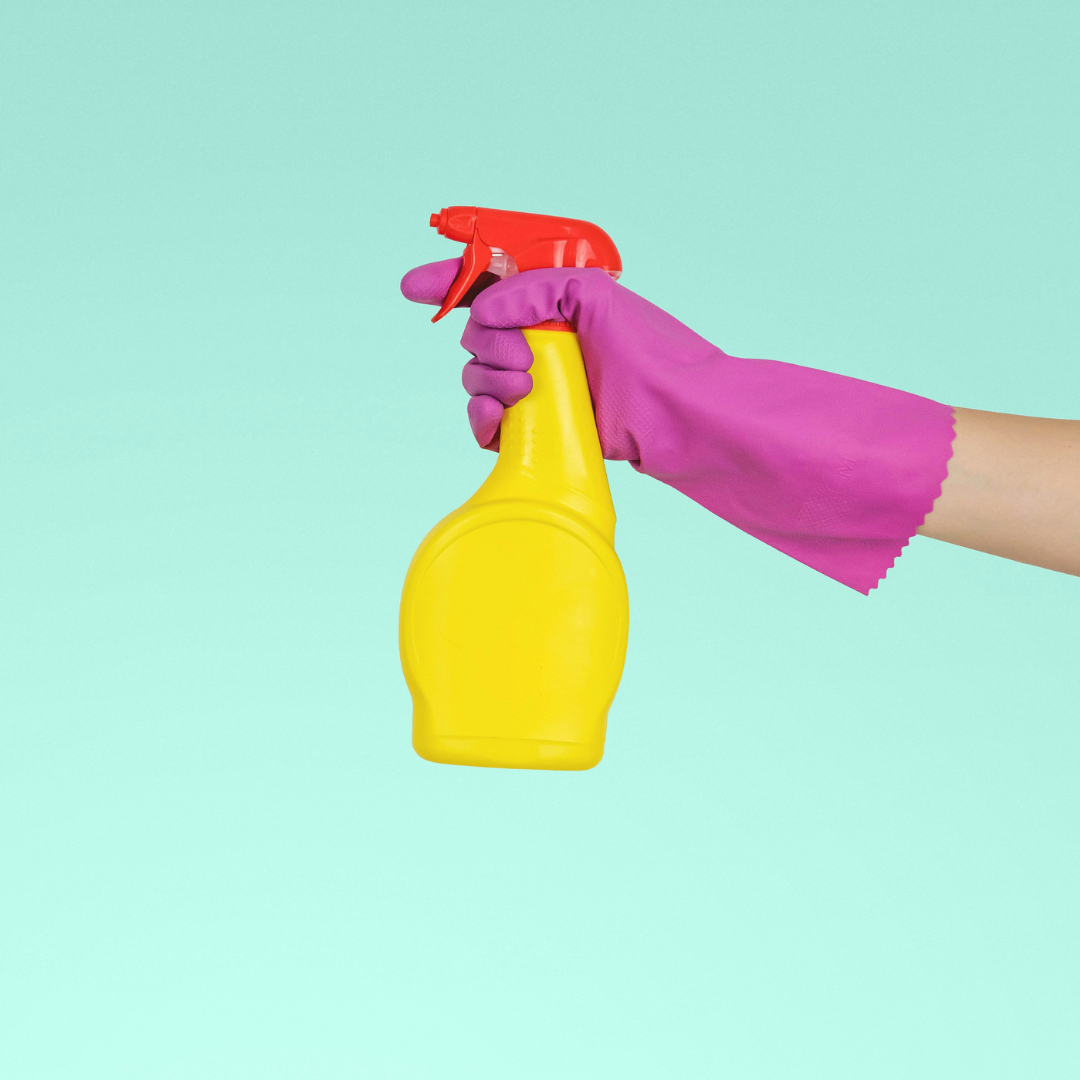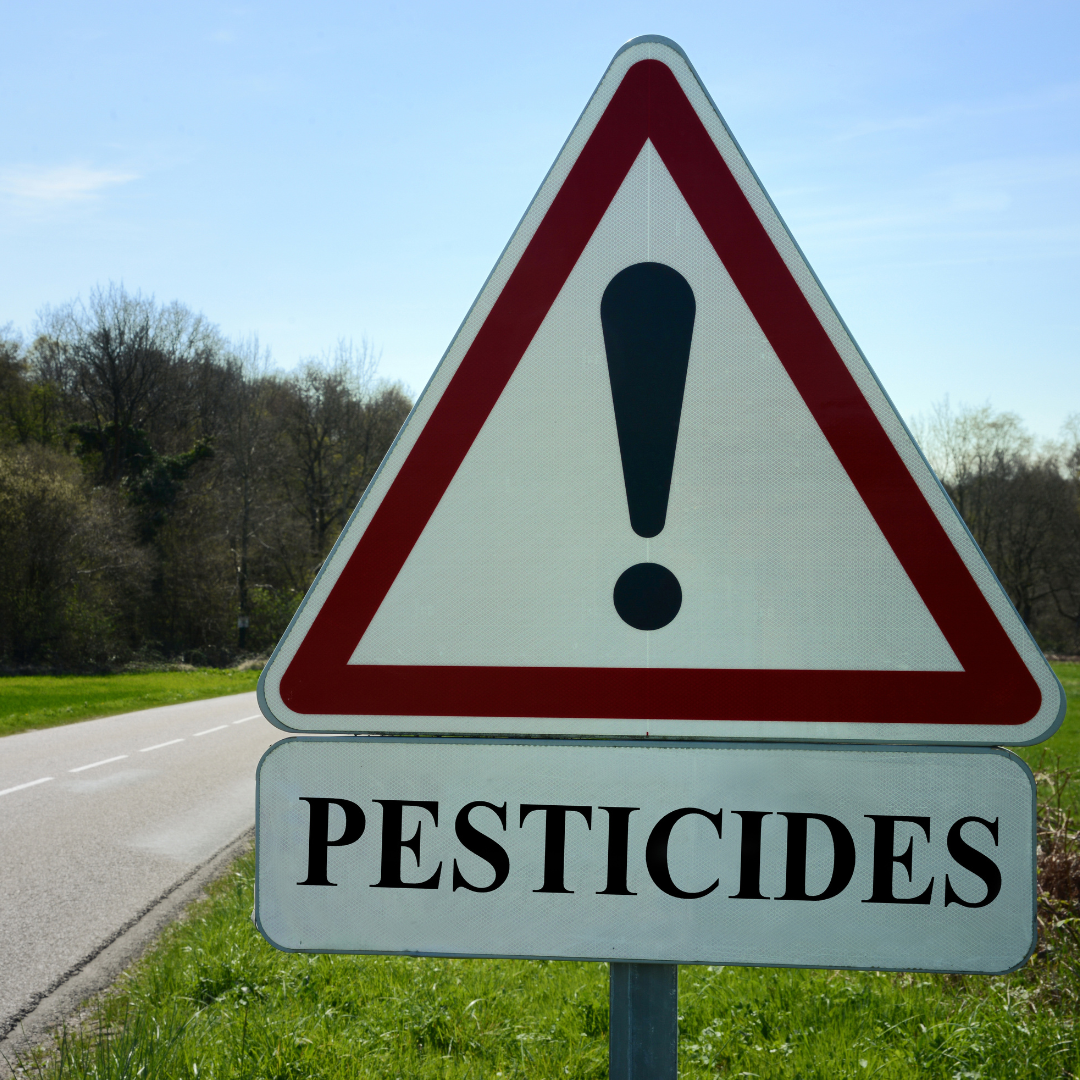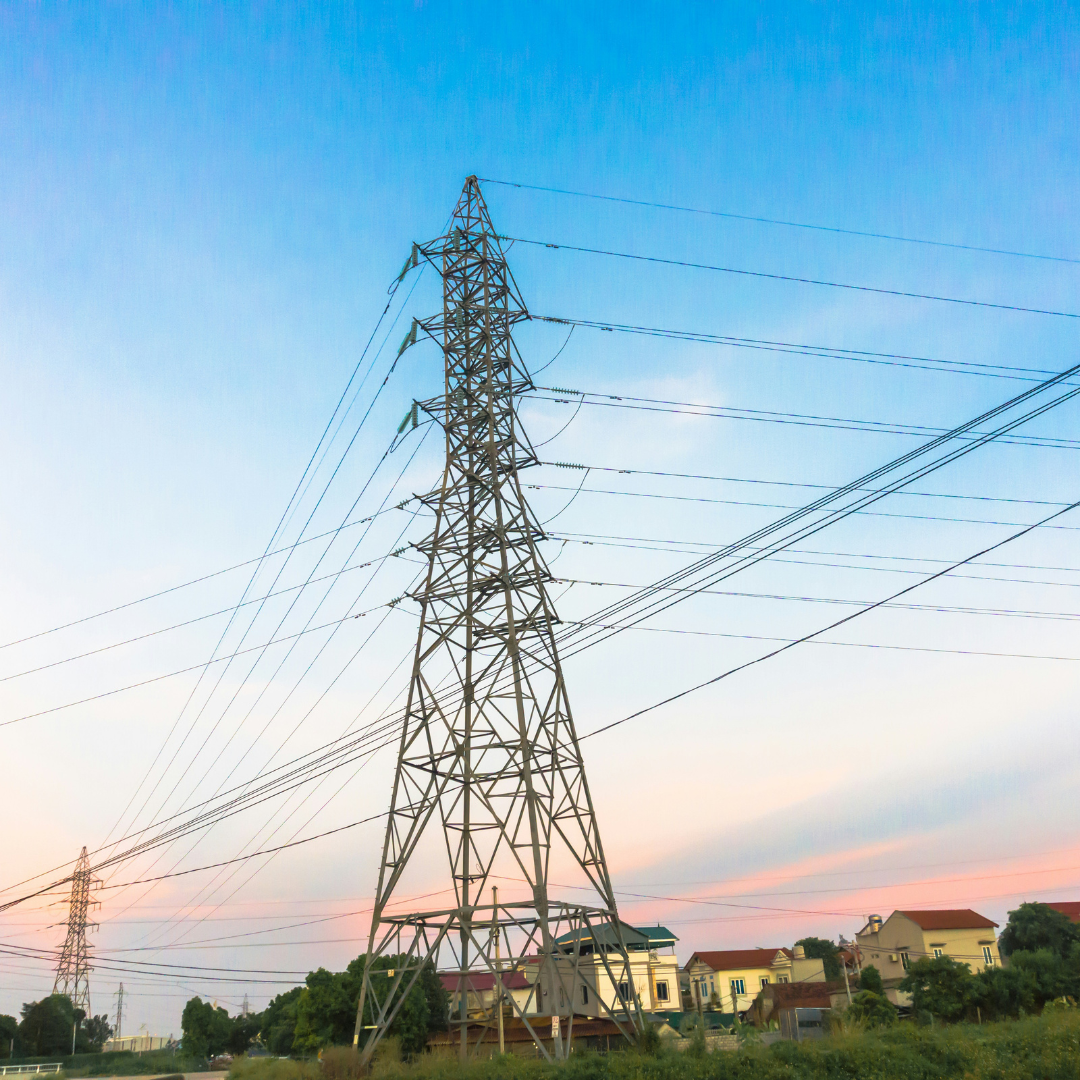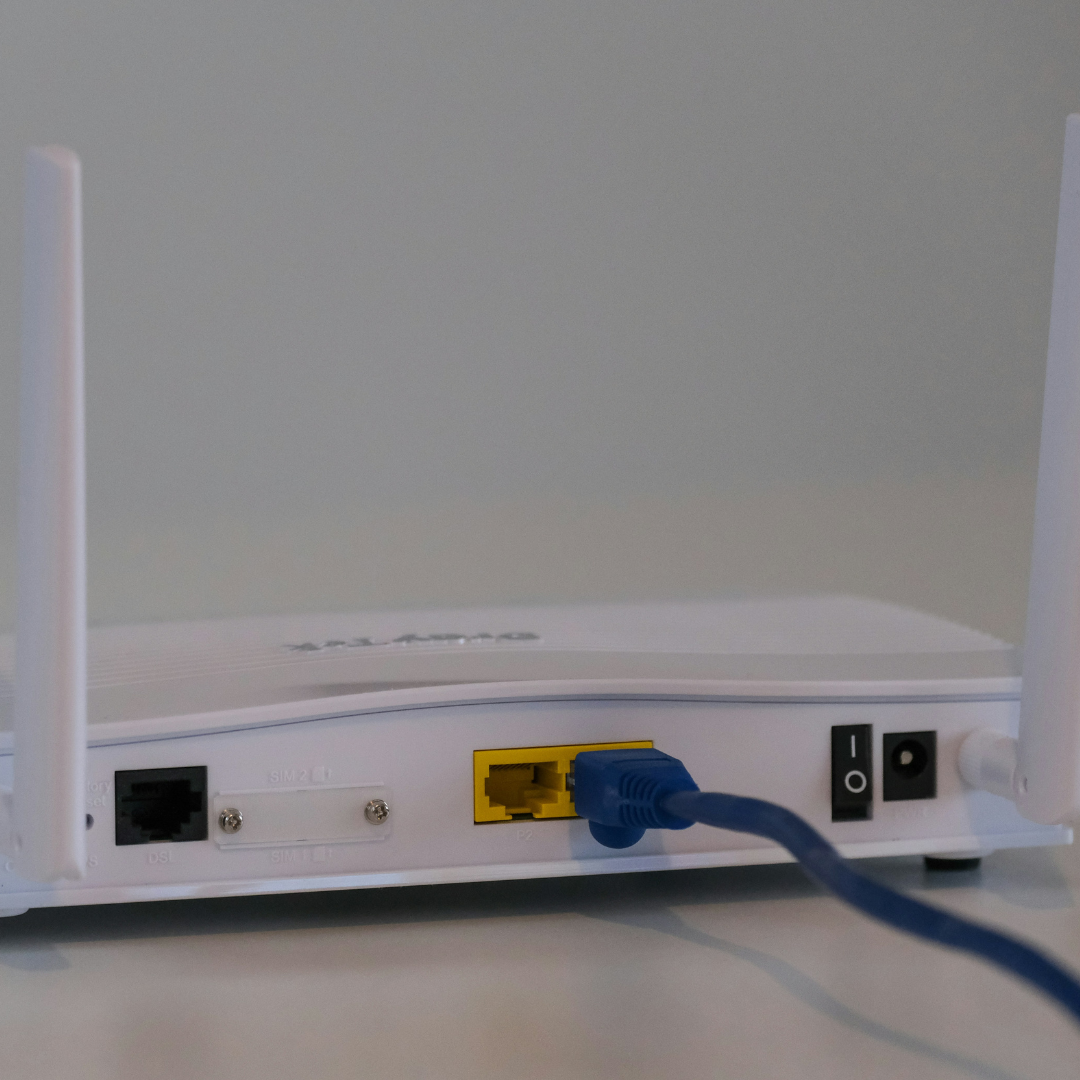

In today’s world, our homes should serve as sanctuaries of health and comfort. However, many common household items and practices can introduce environmental pollutants that compromise indoor air quality and overall well-being.
From volatile organic compounds (VOCs) emitted by cleaning products to electromagnetic fields (EMFs) from electronic devices, these hidden hazards, including EMF toxicity symptoms and electromagnetic radiation in your home, can have cumulative effects on our health.
In this post, we’ll explore the most prevalent environmental pollutants found in homes, delve into the health risks associated with EMF exposure, and provide actionable tips to minimize these hazards.

Indoor environments can harbor a variety of pollutants that may impact health and well-being. Understanding these common household pollutants is essential for creating a healthier living space.
VOCs are gases emitted from certain solids or liquids, including paints, varnishes, cleaning supplies, and air fresheners. Exposure to VOCs can lead to eye, nose, and throat irritation, headaches, and even liver or kidney damage in high concentrations.
Mold thrives in damp environments and can release spores into the air, leading to allergic reactions, asthma attacks, and other respiratory issues. Common sources include leaky roofs, windows, or pipes, and areas with poor ventilation.
Radon is a colorless, odorless radioactive gas that can seep into homes through cracks in floors, walls, or foundations. Long-term exposure to high radon levels can increase the risk of lung cancer.
CO is an odorless, colorless gas produced by burning fuel. Common household sources include gas stoves, fireplaces, and furnaces. High levels of CO can be fatal, making it crucial to have functioning CO detectors.
Tobacco smoke contains over 7,000 chemicals, many of which are toxic and can cause cancer. Secondhand smoke exposure can lead to respiratory infections, asthma, and sudden infant death syndrome (SIDS) in children.
Asbestos was commonly used in building materials for insulation and fireproofing. When disturbed, it releases fibers that can cause lung diseases, including mesothelioma and asbestosis.
Lead can be found in old paint, plumbing pipes, and contaminated soil. Exposure is particularly dangerous for children, leading to developmental issues and learning disabilities.
Pesticides help control pests in agriculture, but they can linger on surfaces and in the air, potentially causing headaches, dizziness, muscle weakness, and nausea.
NO₂ is produced by gas stoves and heaters. Exposure can irritate airways and exacerbate respiratory diseases, particularly in children.
PM consists of tiny particles from dust, smoke, and combustion processes. These particles can penetrate deep into the lungs, causing cardiovascular and respiratory issues.
Non-ionizing EMFs can be considered a form of environmental pollution as well. The spread of wireless technologies and Internet of Things devices have made artificial (human-made) EMFs more prevalent, and it’s possible that prolonged exposure could have negative health effects.
By identifying and mitigating these common indoor pollutants, you can create a safer and healthier home environment.


Reducing exposure to environmental toxins in your home is a proactive step toward enhancing your well-being. While it’s challenging to eliminate all toxins, implementing practical measures can significantly minimize their impact.


While all the environmental toxins we’ve mentioned are problematic for human health, EMFs are one of the most nefarious. Why? Most people underestimate how negative their effects really are—and don’t realize how often they come into contact with non-ionizing EMFs on a daily basis.
That’s why we want to focus in particular on EMFs and electrosmog—the radiation created by EMFs. Let’s look in more detail at where EMFs come from and how harmful they can really be.
Electrosmog, also known as electromagnetic pollution, refers to the pervasive presence of artificial EMFs generated by modern electronic devices and infrastructure. These EMFs are not naturally occurring but are produced by human-made sources such as power lines, wireless networks, and household appliances.
EMFs are categorized based on their frequency ranges:
High-frequency EMFs can damage DNA and cells directly, as they belong to the ionizing radiation part of the electromagnetic spectrum.
EMFs have been a constant part of daily life for decades now, but growing research is showing potential health risks associated with prolonged exposure.
Some of the most common symptoms reported by individuals exposed to EMFs are:
These symptoms, often described as EMF neurological symptoms, are increasingly documented in medical literature. Among all the harmful effects of electromagnetic waves, neurological impacts and disrupted sleep cycles are the most reported.


Prolonged exposure to EMFs may also affect neurotransmitters and brain function. Studies continue to explore EMF effects on the brain and what safe EMF levels in home environments might look like.
There’s still disagreement about what levels of EMFs are considered “safe” in households. The World Health Organization has proposed a standard: a safe exposure limit of 0.08 microteslas. A microtesla measures the strength of a magnetic field—0.08 is relatively weak. It’s probably about the strength of a field generated by a coffee machine or computer monitor.
Keep in mind that some individuals may be more sensitive to EMFs than others, so even if there are “standards” for safe usage of EMF at home, it could still be too much for an EMF-sensitive person.
In addition to the EMF tips mentioned above, there are a few more things you can do to reduce your electrosmog exposure.
Wi-Fi routers emit EMFs continuously, even when devices aren’t connected. If you want your router to stop emitting, shut it off completely. Turning it off during sleep hours reduces unnecessary exposure; some routers even let you schedule automatic shutdowns.
Electronic devices, including smartphones and tablets, emit EMFs even when not in active use. Keeping these devices out of the bedroom, or at least away from the bed, can promote better sleep quality and reduce nighttime EMF exposure.
Activating airplane mode on your devices disables wireless transmissions, reducing EMF emissions. When making calls, using the speakerphone or wired headphones keeps the device away from your head, minimizing direct exposure.
Beyond shielding, some technologies aim to harmonize EMFs, mitigating their potential negative effects. The Leela Quantum Tech Infinity Bloc is a device that doesn’t block EMFs but is designed to neutralize and harmonize their impact. It promotes a balanced energy environment in your home. The Infinity Bloc operates within a range of up to 3,280 ft (1 km), offering a non-intrusive approach to EMF management.

Creating a healthier home environment is an ongoing journey, but the steps outlined in this guide provide a solid foundation for reducing exposure to environmental pollutants and EMFs. By implementing these practical strategies, you can significantly enhance your indoor air quality and overall well-being.
Your commitment to reducing environmental pollutants and EMF exposure is a vital step toward a healthier lifestyle. Continue to educate yourself and make informed choices to maintain a safe and nurturing home environment.